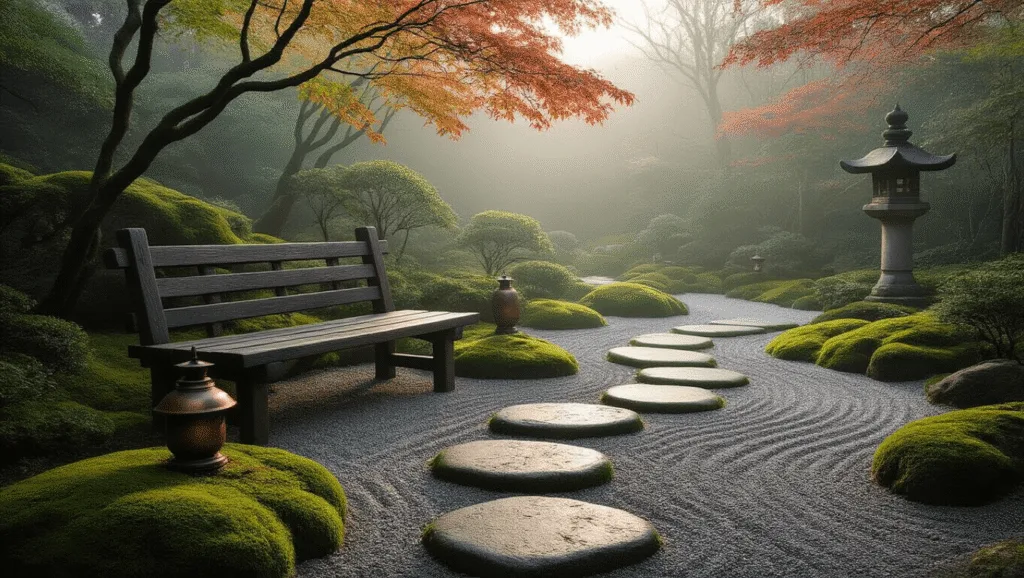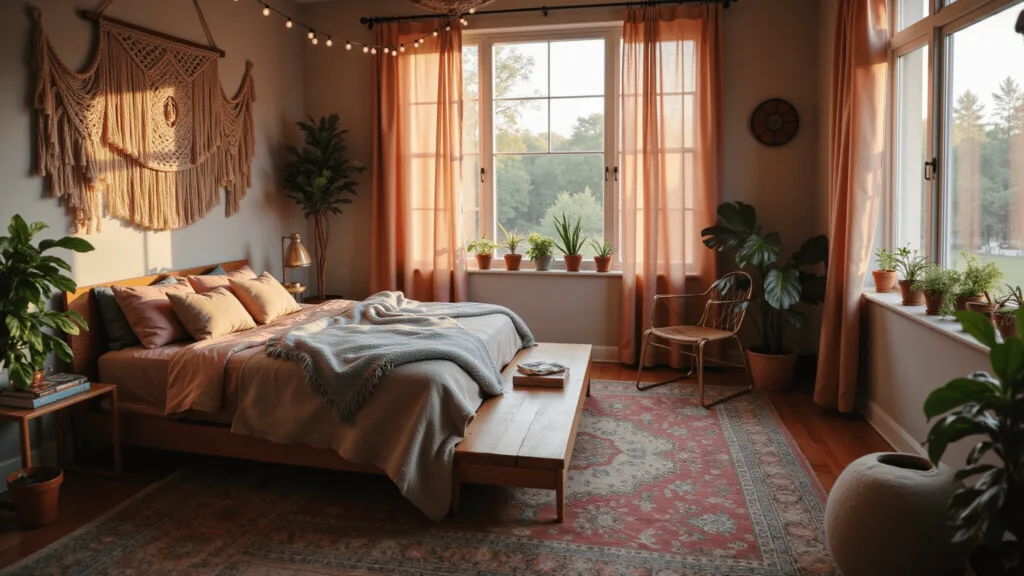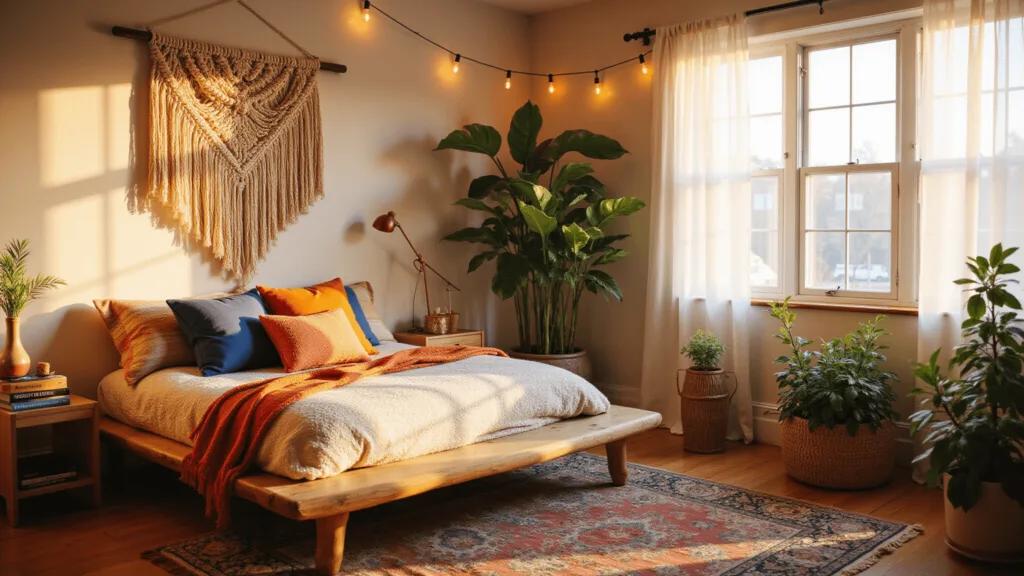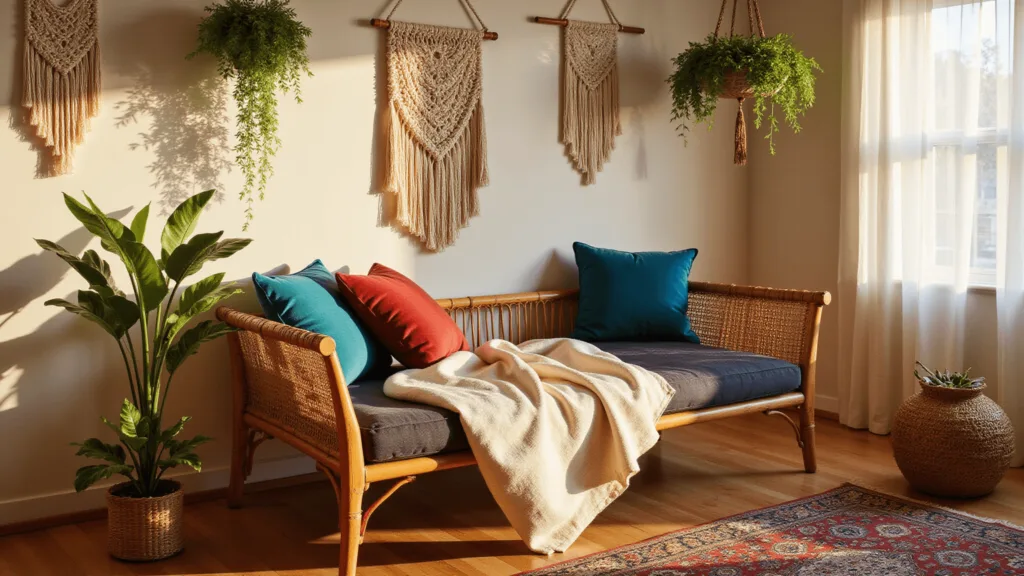What is a Wabi-Sabi Garden?
A wabi-sabi garden transforms your outdoor space into a sanctuary of natural beauty and philosophical depth. This isn’t just landscaping – it’s a meditation on imperfection, aging, and the raw authenticity of nature.
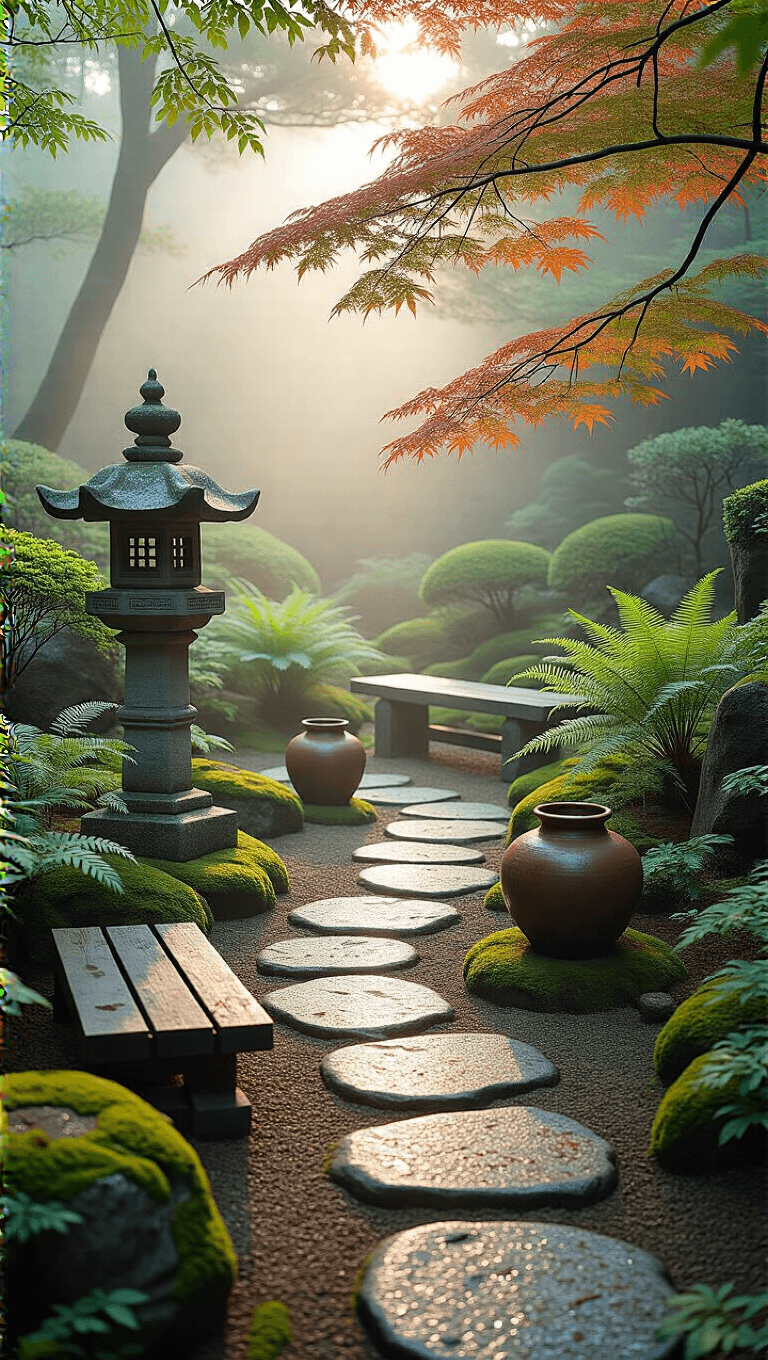
Why Wabi-Sabi Matters in Modern Gardens
Tired of perfectly manicured lawns that look like plastic replicas of nature? Wabi-sabi offers a radical alternative that celebrates:
- Imperfection as beauty
- Natural aging processes
- Authentic connection with landscape
- Minimal maintenance
- Deep emotional resonance
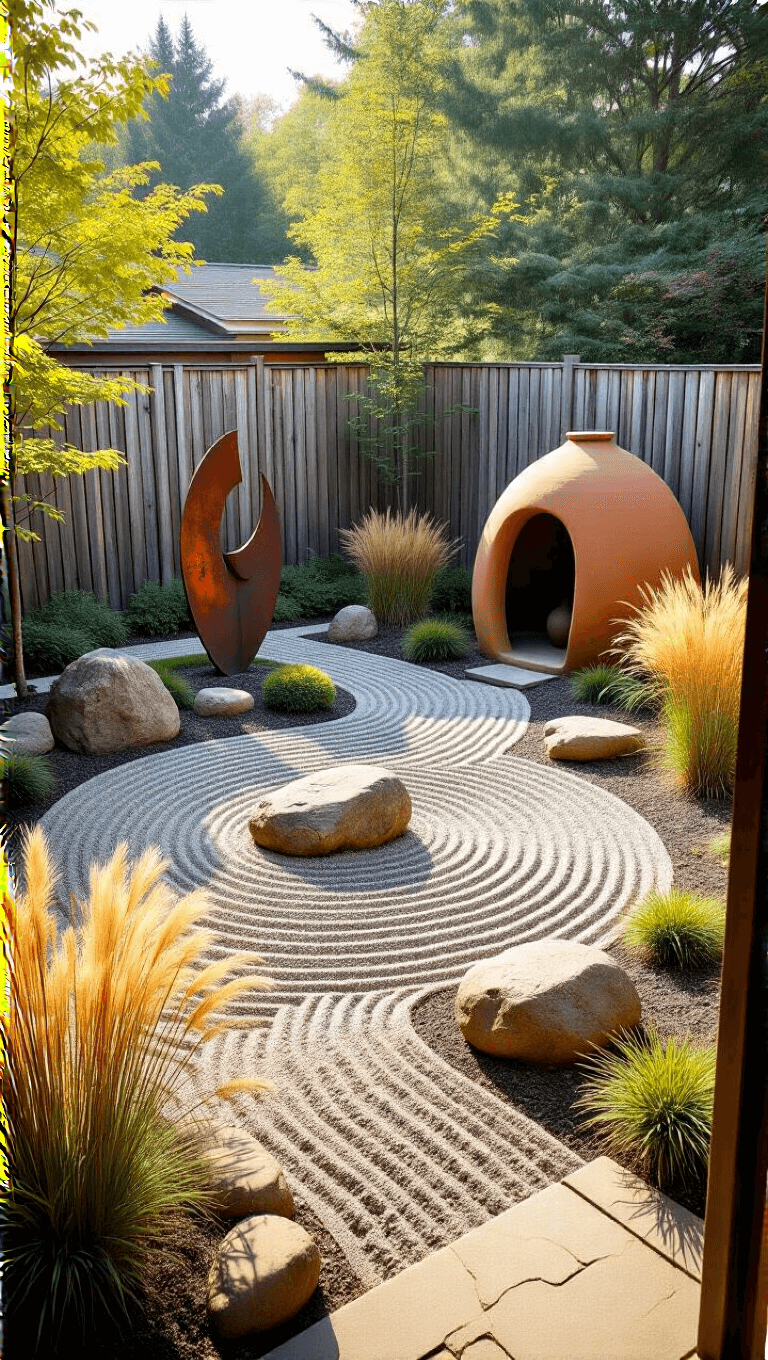
Core Design Principles
1. Embrace Natural Imperfection
Forget precision. Wabi-sabi gardens celebrate:
- Moss-covered stones
- Weathered wood
- Asymmetrical plant arrangements
- Organic, unplanned growth patterns
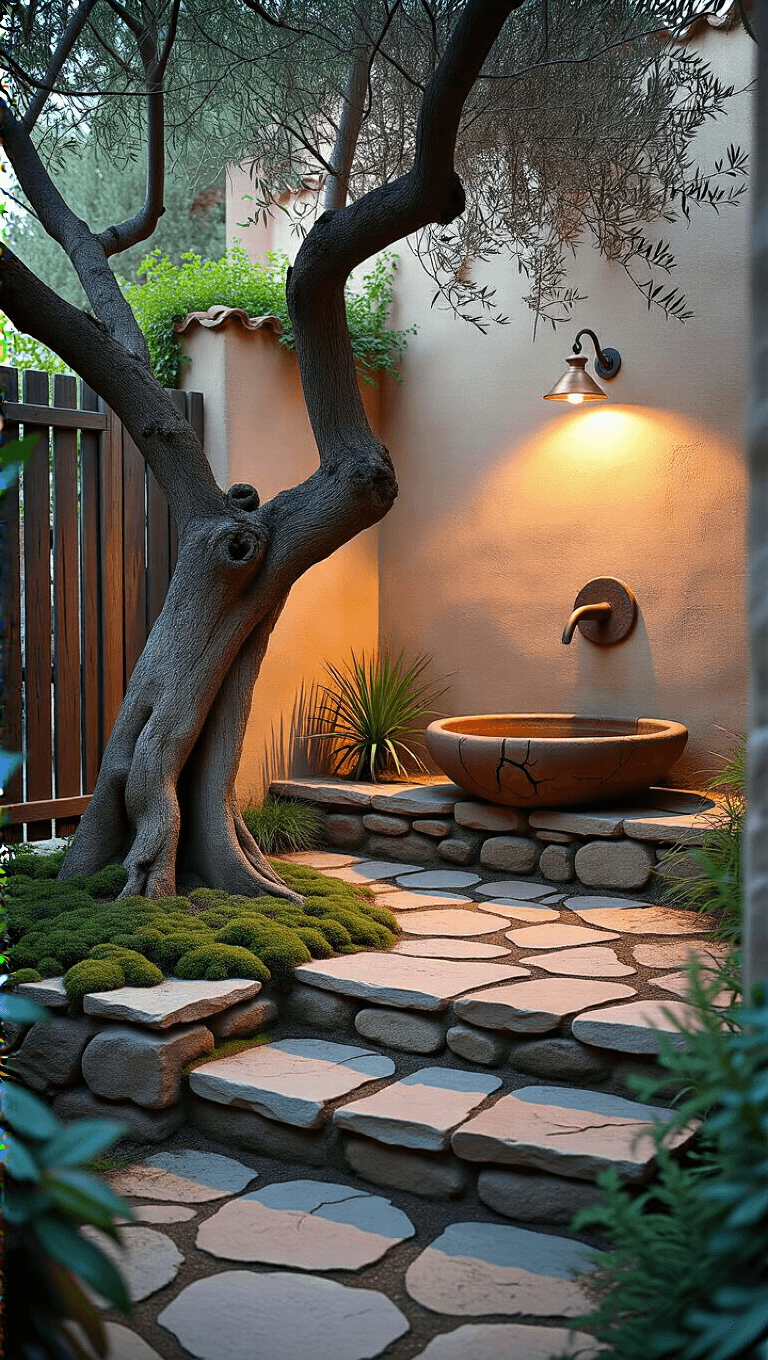
2. Material Selection
Authentic Materials Matter
- Locally sourced stones
- Reclaimed wood
- Rusted metal accents
- Natural clay elements
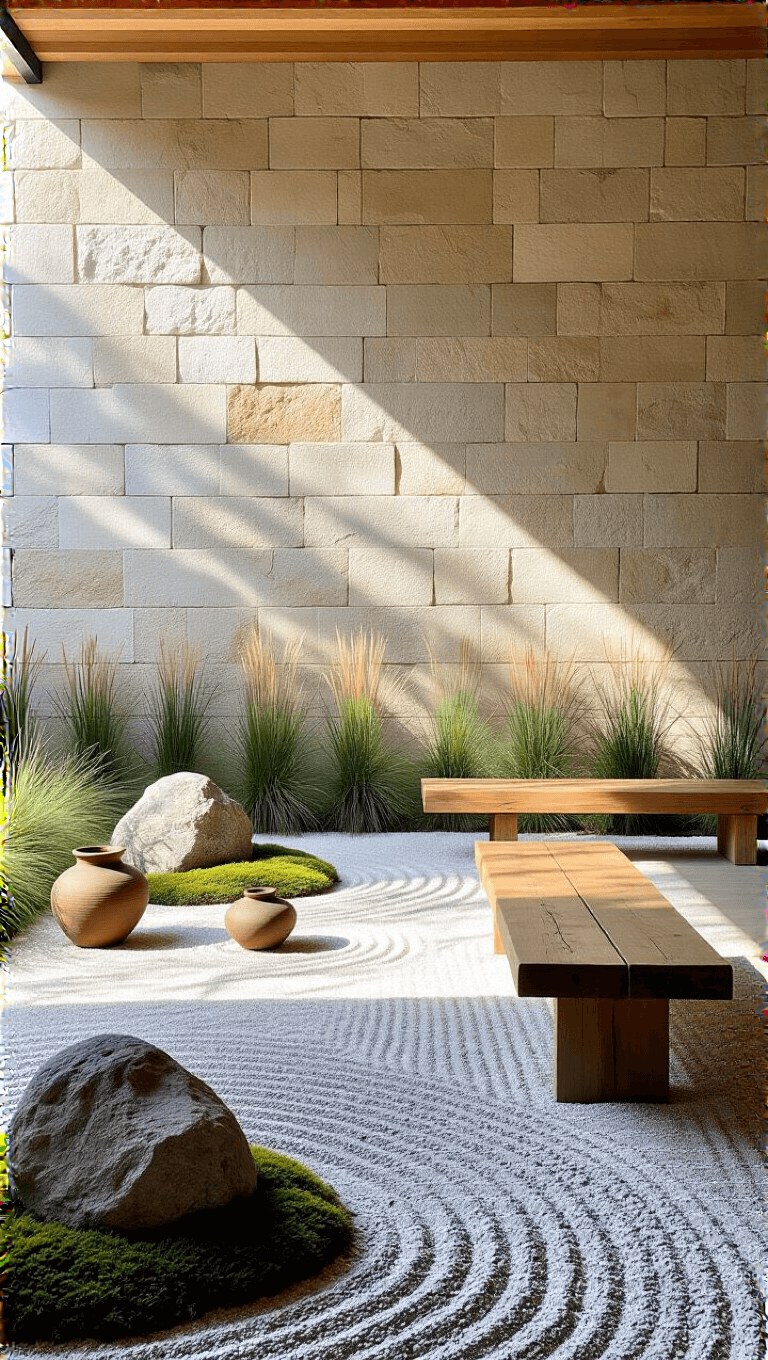
3. Sensory Experience
Create spaces that engage multiple senses:
- Soft, meandering paths
- Textured surfaces
- Gentle water sounds
- Varied plant heights and textures
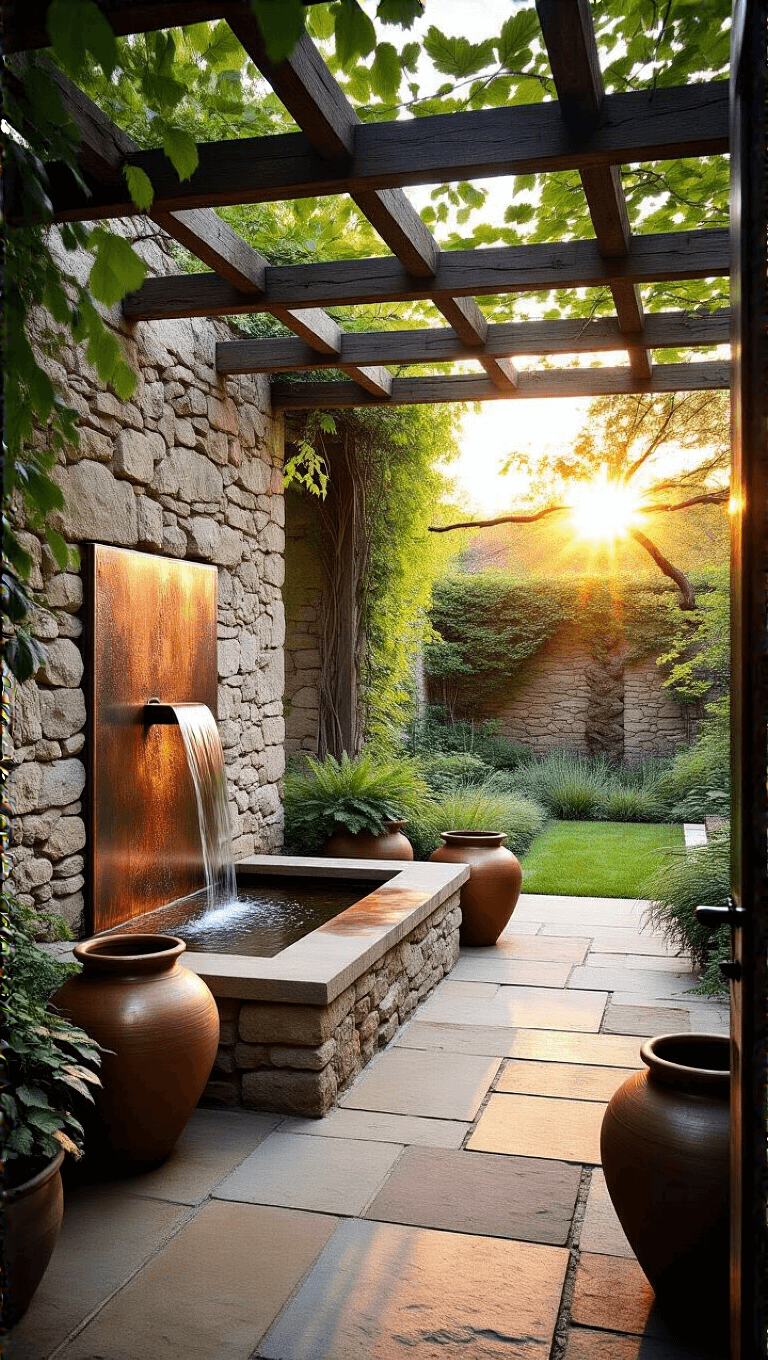
Practical Implementation Strategies
Plant Selection
- Choose native, low-maintenance plants
- Allow self-seeding
- Prioritize texture over perfect bloom
- Mix perennials with seasonal performers
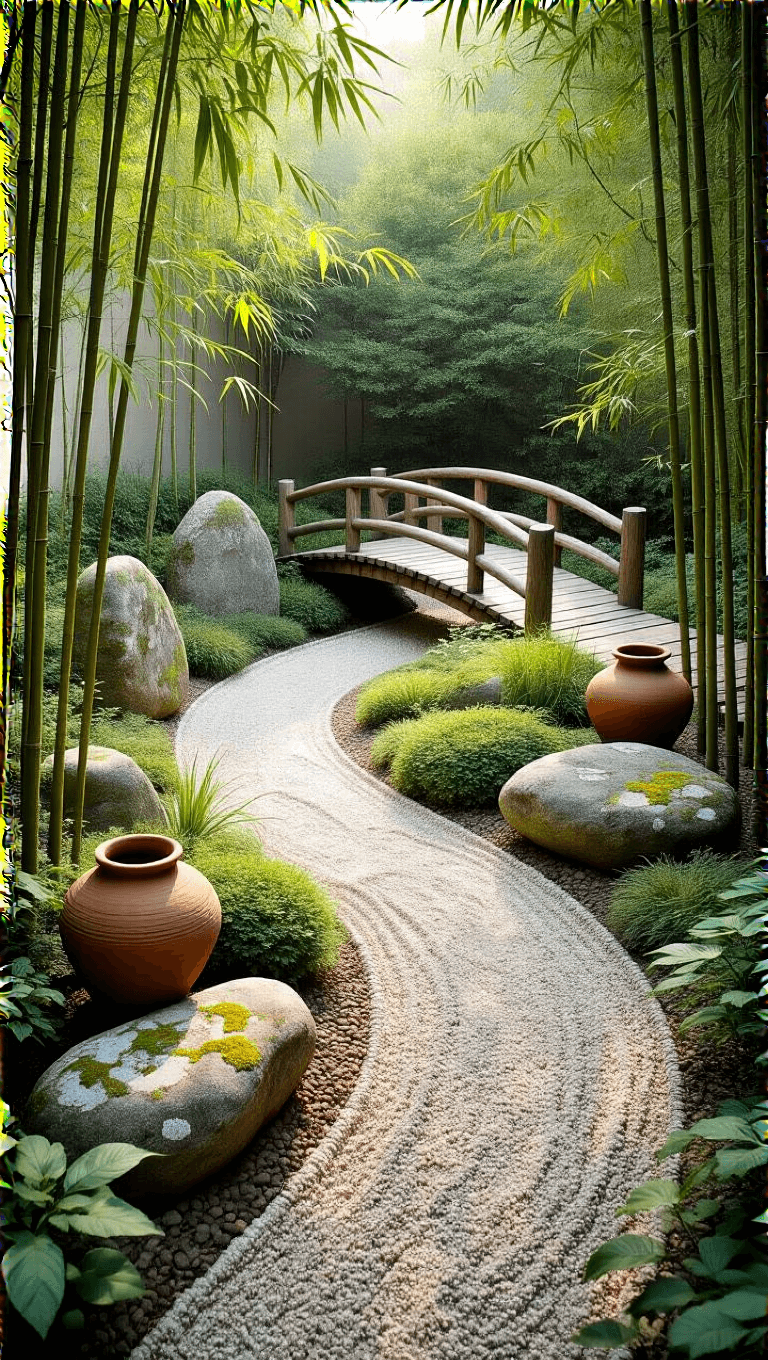
Landscape Layout
- Avoid geometric precision
- Create subtle, flowing transitions
- Use negative space intentionally
- Allow plants to “choose” their growth patterns
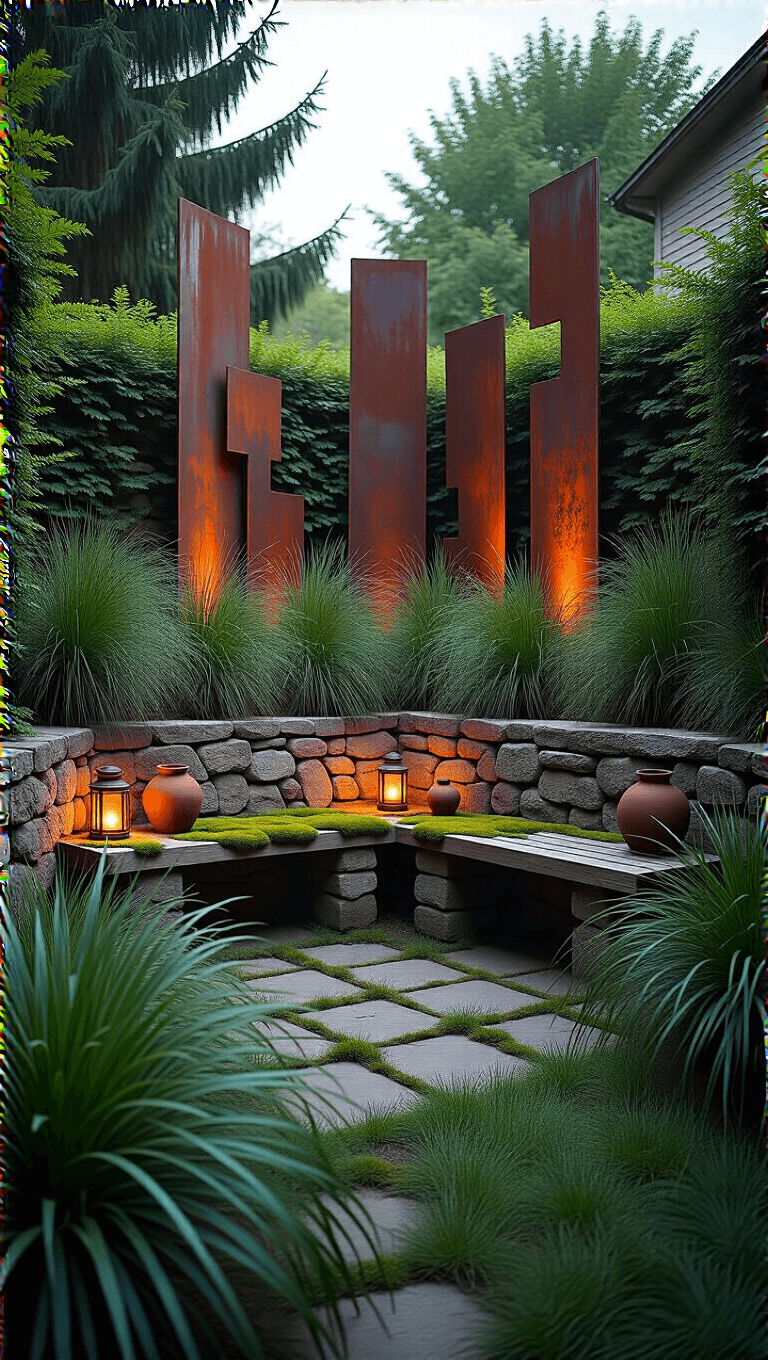
Maintenance Philosophy
Key Insight: Wabi-sabi isn’t neglect – it’s mindful observation.
Maintenance Tips:
- Observe more, intervene less
- Accept seasonal changes
- Remove only truly dead material
- Let plants show their natural lifecycle
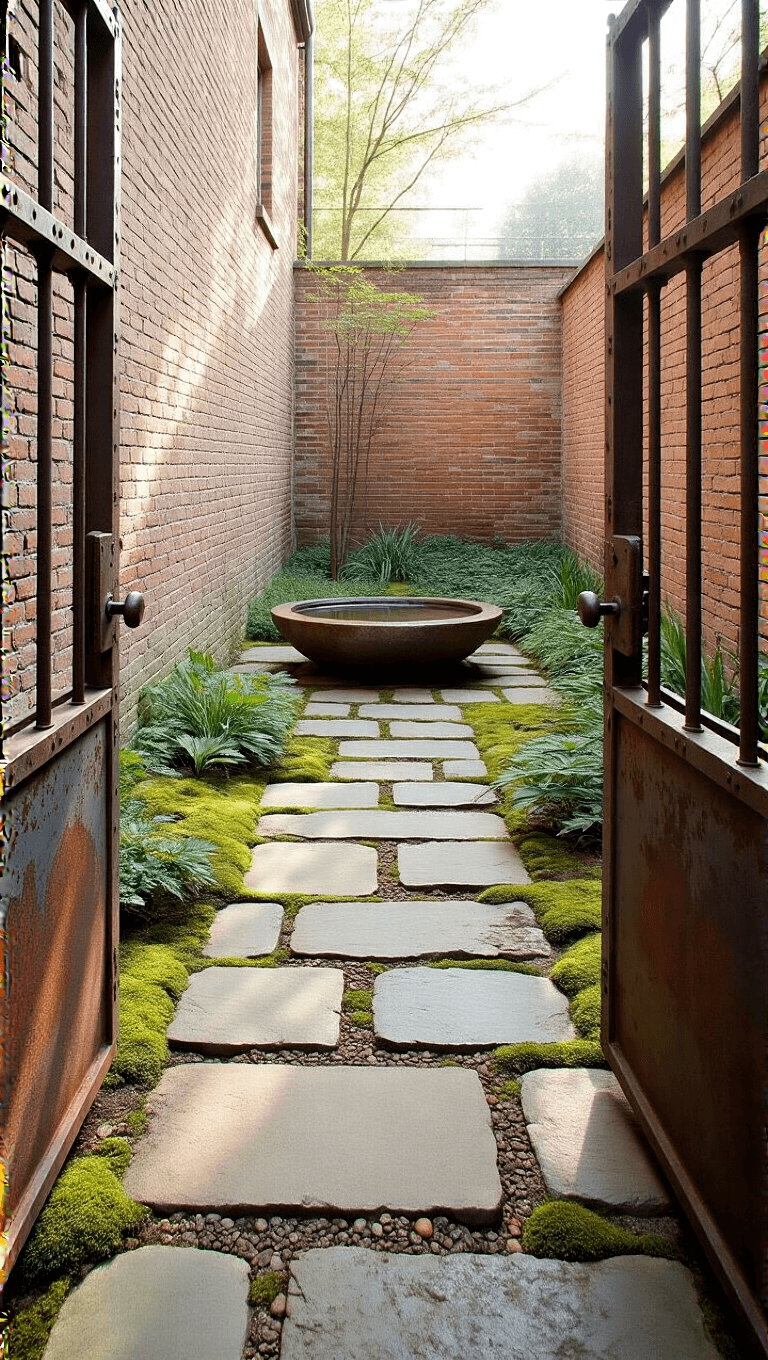
Budget-Friendly Transformation
You don’t need a massive budget to create a wabi-sabi garden:
Low-Cost Implementation
- Repurpose old garden tools as decor
- Use local, free materials
- Propagate plants from existing garden
- Create DIY weathering techniques
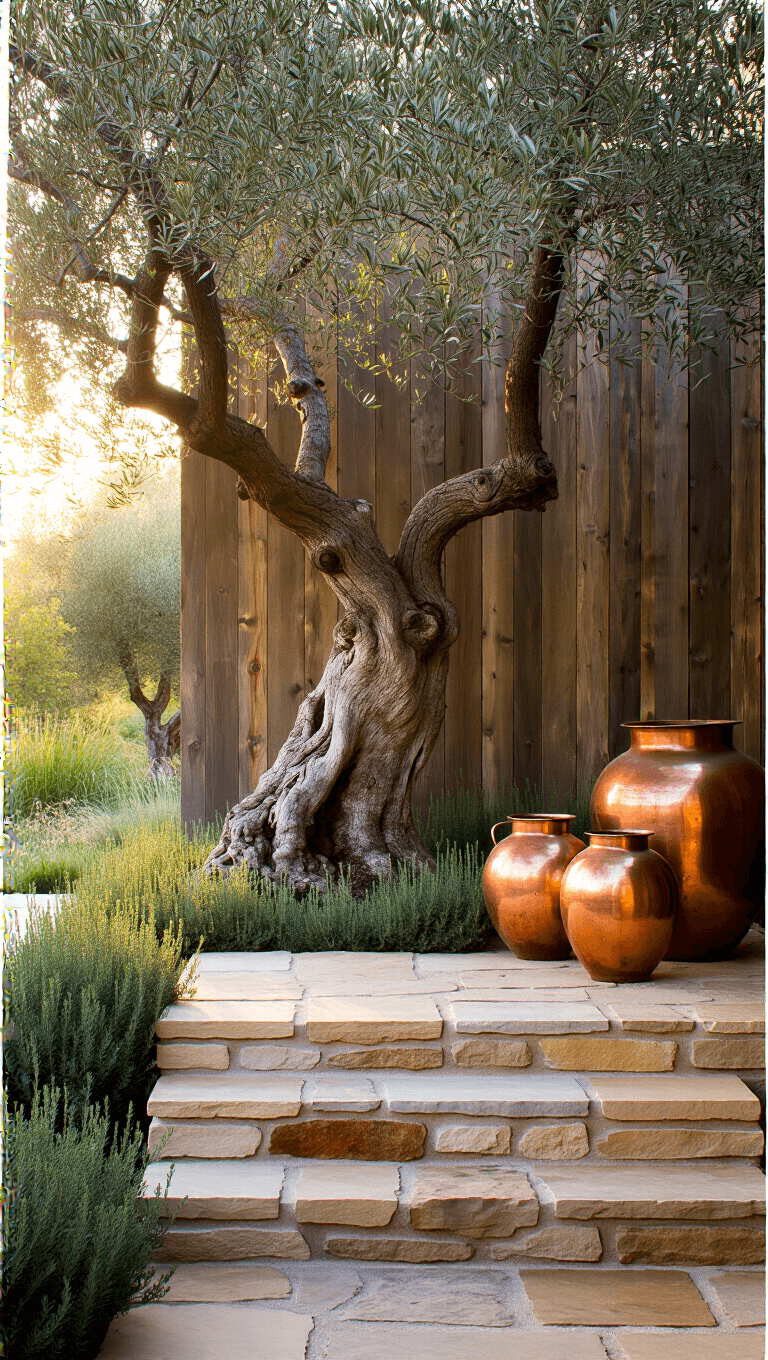
Common Mistakes to Avoid
❌ Don’t:
- Over-manicure
- Fight natural growth patterns
- Remove every fallen leaf
- Seek perfect symmetry
✅ Do:
- Observe natural rhythms
- Allow gentle decay
- Appreciate subtle changes
- Create meditative spaces
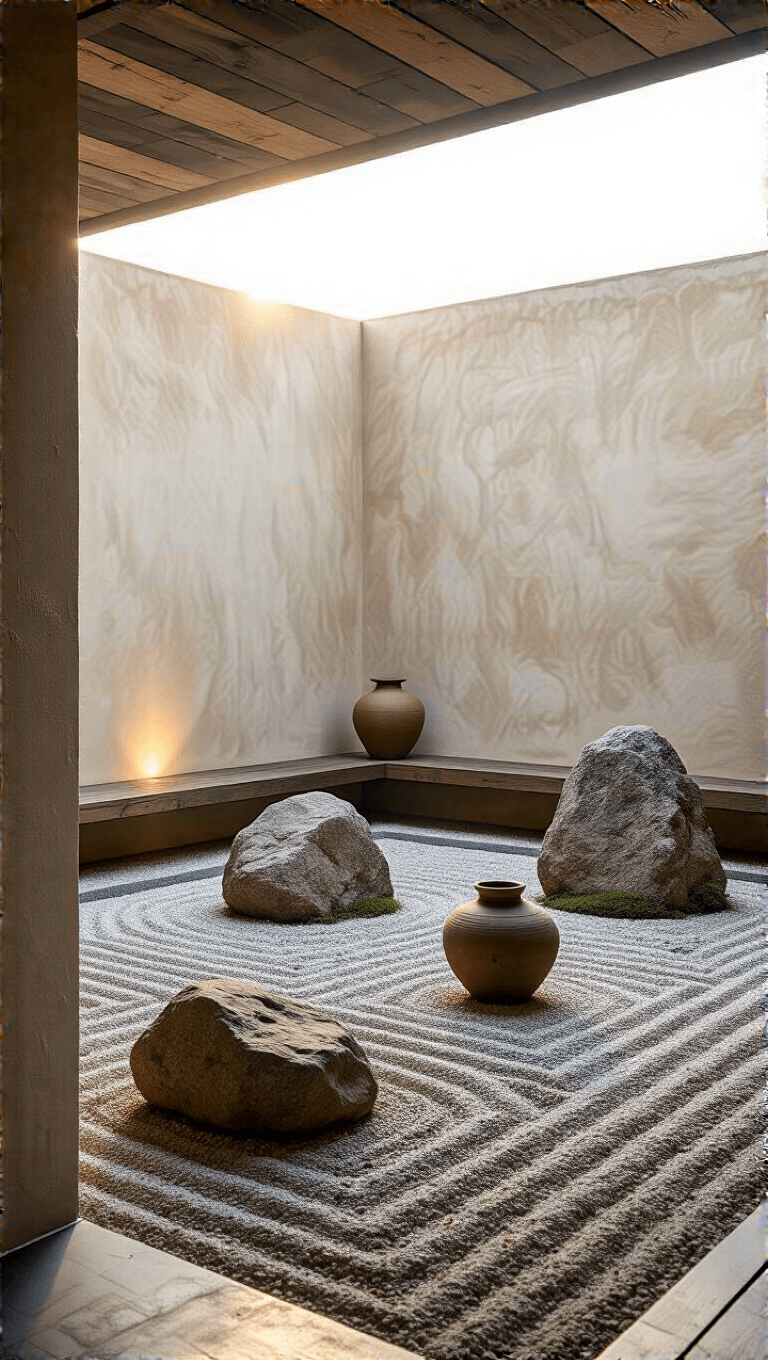
Cultural Context
Wabi-sabi originates from Japanese aesthetic philosophy, but it’s universally applicable. It’s about finding beauty in:
- Transience
- Incompleteness
- Humility
- Natural progression
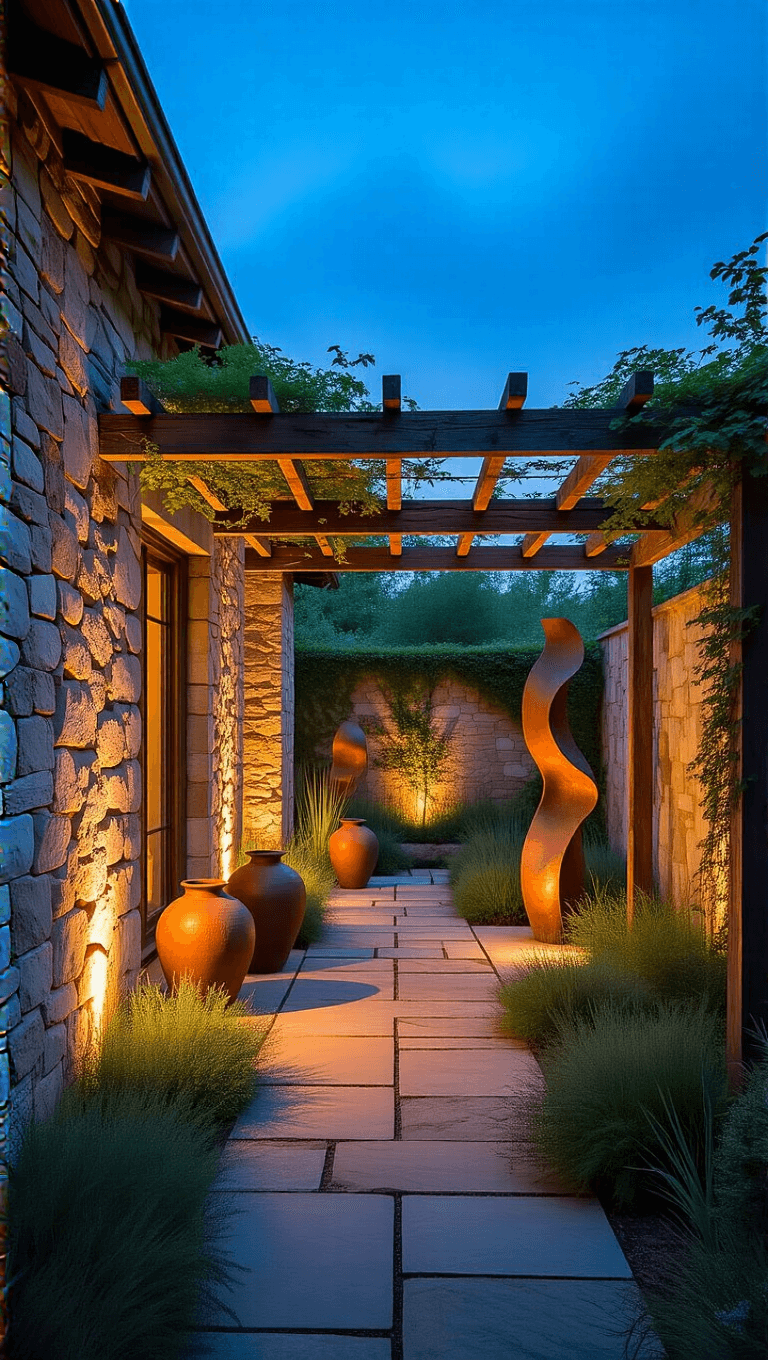
Your Wabi-Sabi Journey
Remember: A wabi-sabi garden is a living artwork. It evolves, breathes, and tells a story

